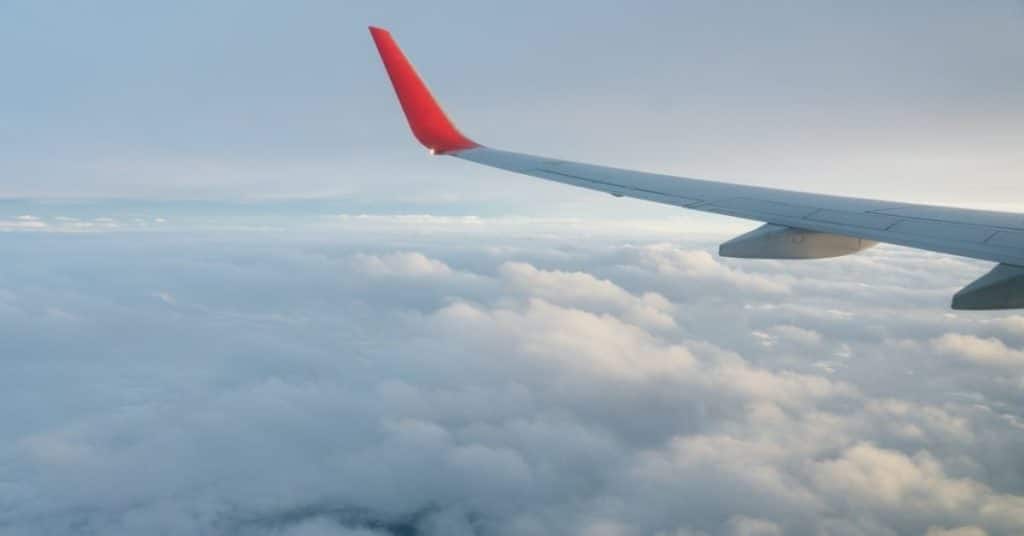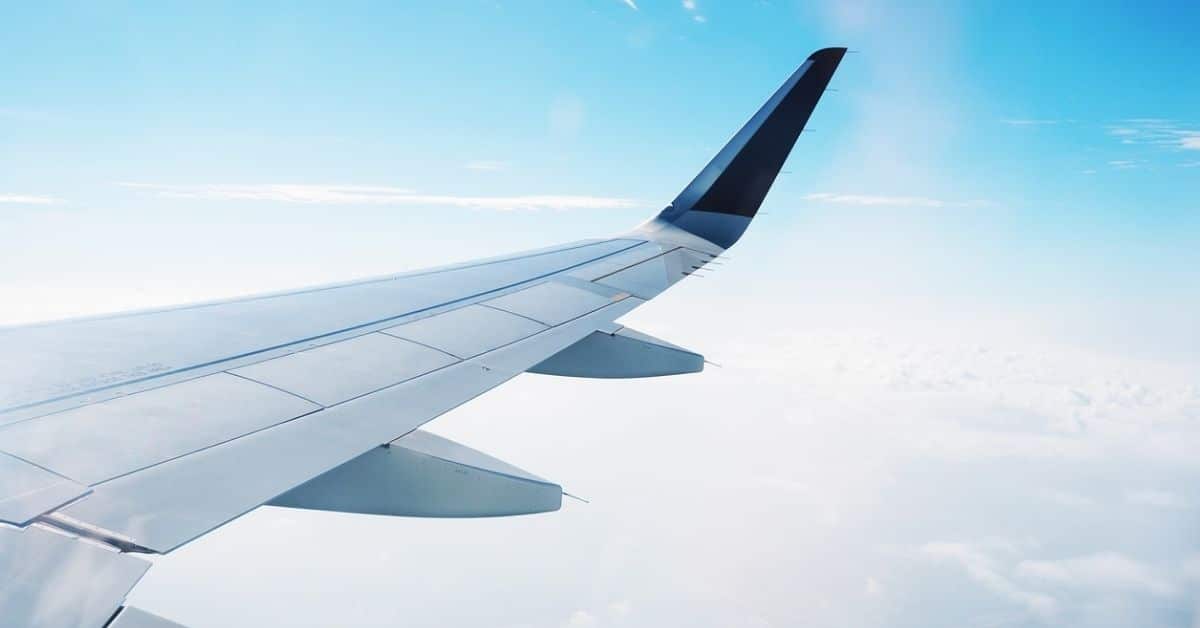It would be hard to picture the typical passenger airliner flying without its wings. But is it possible?
For most aircraft designed, it would be impossible for them to fly without wings. Wings provide lift and directional stability to the aircraft. They are also attached to key aircraft components such as engines, hydraulic lines, and control surfaces.
Planes Without Wings
Although an aircraft flying without wings is beyond the design of most commercial aircraft, there are exceptions. Take the NASA M2-F1 for example, a wing-less aircraft that was a “lifting body” aircraft.
In this design, the aircraft’s directional control was maintained through inputs made in the tail of the aircraft.
While this aircraft was an experimental prototype, it drew interesting conclusions as to how “bodyless” aircraft work.
From 1963-1966, the M2-F1 completed over 75 flights for testing purposes. Findings by NASA included refinement of the “lifting body” aerodynamic model.
Nicknamed the “Flying Bathtub”, the aircraft demonstrated the ability for the fuselage of an aircraft to produce lift.
Whilst the lifting body concept was proven, it was also discovered that such a design was most optimal for hypersonic or supersonic flight.
This was since a conventional wing design typically inhibits an aircraft’s ability to fly supersonic.
While the results brought about by the M2-F1 test flight were significant, they did not substantiate the feasibility for designing subsonic passenger aircraft with a lifting body flight principle.
This is primarily since all commercial passenger aircraft in service today fly at subsonic flight speeds, in which the lifting body principle would gain no benefit.

Why Do Planes Need Wings?
Conventional aircraft use wings as an instrument to generate lift, which allows them to become airborne.
In this sense, wings are a crucial structure to the successful aerodynamic sustainability of a commercial airliner.
Control authority would also be harder to maintain due to the in-flight stability that wings provide to an aircraft.
Control surfaces such as ailerons and flaps which are housed on the wing of an aircraft also provide more control efficacy due to their positioning along with the wings of the aircraft.
This is particularly important for aircraft with large surface area wings, in which more control authority along the wings is required to make sufficient control corrections.
Aircraft Structure
Aside from the control aspect of wings, they also function as load-bearing devices which take the forces experienced in flight.
This is an important design feature that allows the structural integrity of an aircraft to be spread across multiple structures.
This is what is known as a semi-monocoque design, in which the airframe and structures are comprised of multiple load-bearing sections.
This is the most common form of design in aircraft today, due to the failure redundancy offered.
This damage tolerant design means that even if a part of the airframe structure fails, the remaining functioning structures will bear the in-flight loads.
The wings of an aircraft assist with these structural loads, strengthening the aircraft’s tolerance to loads experienced in-flight.
As a result of this structural loading and stability, a conventional passenger aircraft would experience a catastrophic loss of control if a wing were to separate from the fuselage.
Final Thoughts
A conventional aircraft fuselage is not designed to be a high lift generating device and as a result, a huge amount of lift would be lost if a wing were to separate.
Aside from this loss of lift, control surfaces (ailerons, and flaps) would be lost as they are integrated into the wing.
Most large commercial aircraft also have their engines attached to the wing of the aircraft, which would lead to a loss of thrust in-flight if the wing were to separate from the fuselage.
In terms of weight, the aircraft wings also provide stability in relation to the weight distribution of an aircraft.
The engines which sit below the wings of most commercial aircraft function as weights that counteract weight imbalances.
The wings of a commercial aircraft fall into the “Primary Components” of the airframe. The primary components of an airframe consist of the wings, the powerplants/engines, the empennage (tail section of the aircraft), the fuselage (main body of the aircraft), and the landing gear.
These primary components are also referred to as “Critical Parts,” which means the aircraft requires them to maintain safe operation.
In the event of an aircraft losing these critical parts, there is an in-flight safety risk with the potential of catastrophic failure.
Following this analysis, it is evident that commercial passenger airplanes need wings to maintain safe and stable flights.
Read More:
Is The B787 Dreamliner Safe? – A Complete Analysis
What is an Aircraft Control Check?
How Do Airplanes Brake in the Air?

After visiting more than 60 countries, I have probably been on every type of plane there is and visited countless airports. I did my very first international solo trip to South Africa at the age of only 16 and haven’t really stopped traveling since.
Despite the adventurous travel itch, I do have a nerdy side as well – which is satisfied by writing about all things aviation “too boring” for my regular travel blog.
